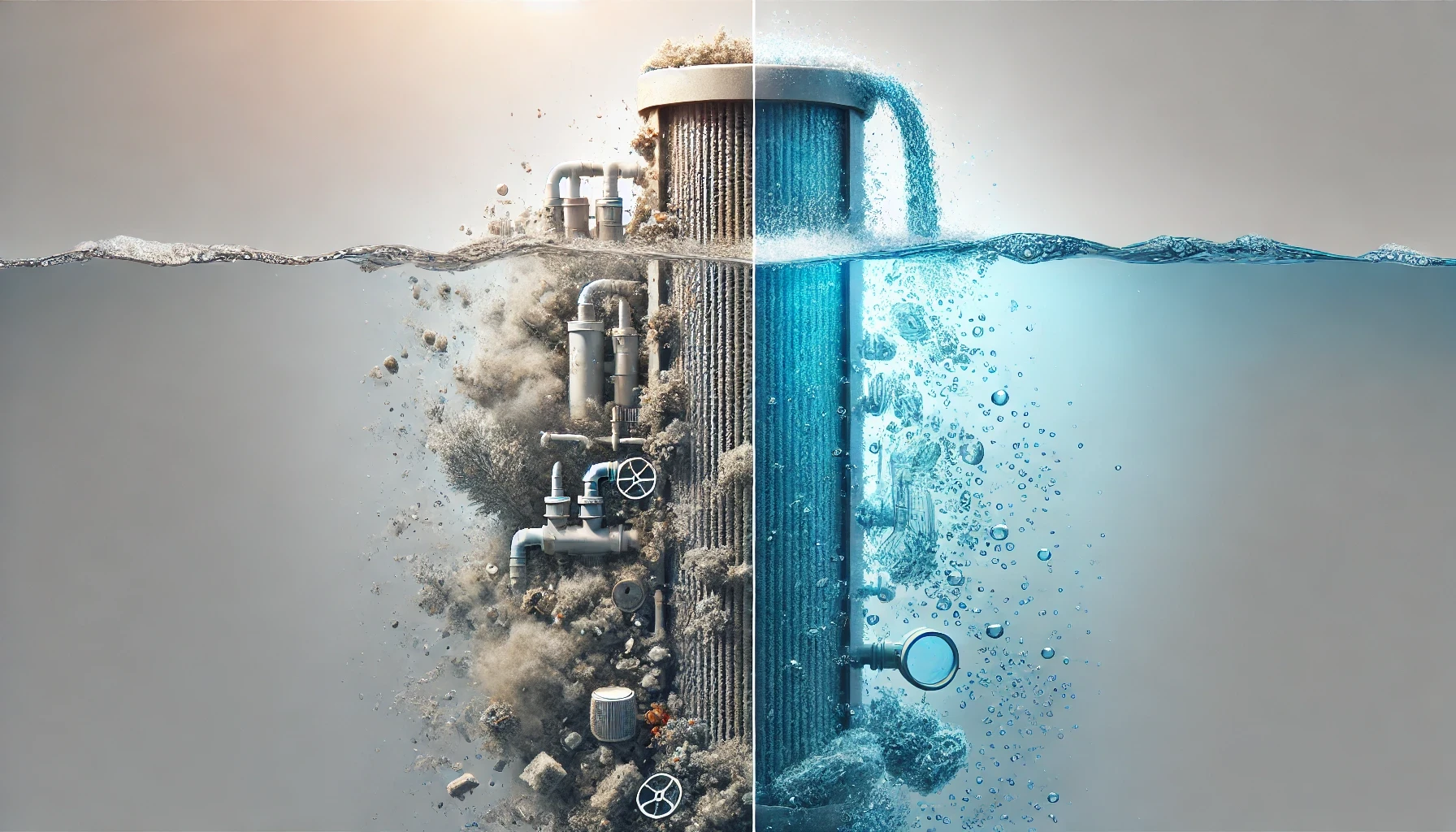Biomanufacturing Scale Up
Sweet Science: Carbohydrate-Based Polymers That Could Transform Water Purification
UT Austin researchers have developed a sugar-like polymer that offers a selective, reusable method for removing toxic heavy metals from water
Sep 11, 2024
[DALL-E]
Ah, heavy metals in water. It’s the kind of slow-burning horror story that hardly makes headlines but has terrifying consequences. You won’t see front-page outrage about cadmium or lead lurking in your drinking water, but they’re there, causing all kinds of damage to your body. And while we do have ways of removing these toxic invaders, most of them are impractical and wasteful. Energy-intensive filters and clogged membranes—these solutions are just not good enough. But now, some clever folks at the University of Texas at Austin have come up with a sugar-based polymer that might just change the game—the findings for which can be found in a recent ACS Central Science report.
Let’s step back for a second. Heavy metals in water are not something you want to mess around with. At high enough levels, things like cadmium and lead can cause real harm to your body—damage to your kidneys, bones, and even your brain. And it’s not just humans that suffer. Fish, plants, and just about anything living in water are at risk, too. So, getting these metals out of water is pretty important.
Traditionally, we’ve relied on methods like filtration, which sounds simple enough, but in practice, it’s far from it. These systems often use metal-capturing membranes, but here’s the rub: they clog up faster than you can say “inefficient” and need constant replacing. Not to mention, they can be real energy hogs. So, what do we do? Well, some scientists have been looking to plants for answers. Plants naturally defend themselves with polysaccharides—basically big sugar molecules that can trap metals. Brilliant, right? In fact, in recent years, researchers have been experimenting with sticky polysaccharides from okra and aloe to remove microplastics from water. The problem, though, is that these polysaccharides often dissolve in water, which means you need additives to make them work effectively. And that’s where the University of Texas team, led by Cassandra Callmann, comes in.
Callmann and her colleagues set out to design a polymer that behaves like these plant sugars but without all the faff. They wanted something that could be water-soluble when needed and insoluble when it counts. Think of it like a shape-shifter—a polymer that could latch onto metal ions, clump together into a solid mass, and then be easily filtered out.
So, they made several different versions of this polymer. It starts with a water-insoluble backbone, and dangling off that are different water-soluble carbohydrates—think of these as charms on a bracelet, but ones that can trap heavy metals. Through some clever testing, they found the best combination: a carbohydrate with a carboxylic acid group. This one was particularly good at capturing ionic cadmium, a nasty heavy metal.
Here’s where it gets fun. In their tests, the polymer clumped into visible blobs after just three minutes in water contaminated with cadmium. Imagine that—just three minutes, and you can actually see these blobs forming, trapping the toxic metal inside. Better yet, these clumps could be filtered out with ease. And if you need to release the metal (for recycling or further processing), you can just tweak the water’s acidity, and the polymer will let go of the metal. After three cycles of binding, clumping, and releasing, the polymer didn’t lose any of its metal-trapping efficiency. So, it’s reusable. Which is a massive win.
But what about real-world conditions? After all, lab tests are nice, but the real test is whether it works in actual contaminated water. For that, the team turned to the Colorado River. They spiked the river water with ionic cadmium and lead—nasty, persistent pollutants. Now, this river water also contained a lot of other metal ions, like calcium, sodium, and magnesium—metals that aren’t particularly harmful but could interfere with the process. Even with all those extra ions, the polymer managed to capture 20% of the cadmium and 45% of the lead over a 24-hour period. That’s not bad at all, especially considering it left most of the other metals alone.
This polymer is a solid step forward in the fight against water pollution. It’s selective, reusable, and, best of all, efficient. We’re not talking about some miracle cure that’s going to solve the world’s water crisis overnight, but it’s a promising development that could make water purification systems a lot better. For now, we’ll have to wait and see how it performs in larger-scale applications, but it’s certainly one to keep an eye on.
And remember, while we might not notice the lead and cadmium in our water today, we’ll definitely notice the long-term damage if we don’t start paying attention now.


















